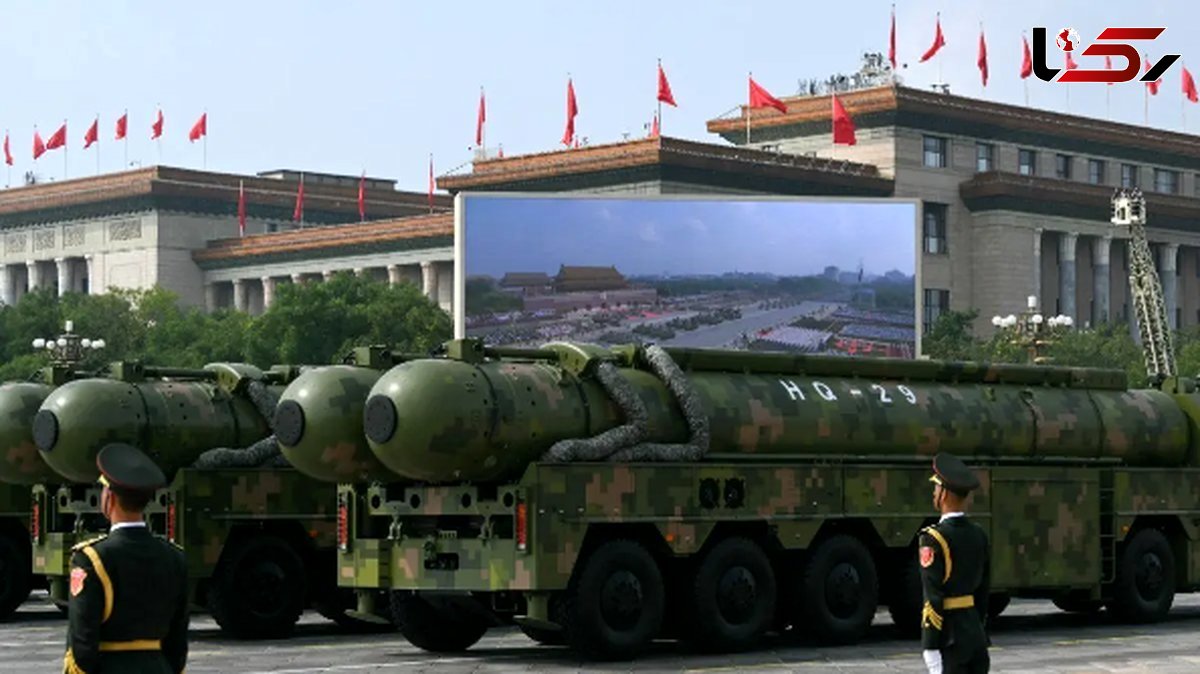Chinese “Destroyer” Missile: From Intercepting Ballistics to Neutralizing Satellites
Rokna Political Desk: China, unveiling its advanced HQ-29 missile system during a military parade in Beijing, has taken a strategic step in intercepting ballistic missiles and neutralizing military satellites—an action experts consider a serious challenge to the United States’ space capabilities.

The People’s Liberation Army of China showcased a range of its advanced weaponry during the parade marking the 80th anniversary of victory over Japan in World War II. Among these systems, the HQ-29 missile was introduced for the first time—a massive weapon approximately 7.5 meters in length, capable of intercepting ballistic missiles during their mid-flight phase and even destroying satellites in low Earth orbit (LEO).
According to Khabaronline, the HQ-29, alongside the HQ-19 and HQ-9, establishes a multi-layered missile defense network for China. The HQ-9 handles low-altitude defense, the HQ-19 intercepts missiles at high altitudes, and the HQ-29 is responsible for exo-atmospheric interception and satellite neutralization. Analysts equate this combination with the American SM-3 system and the Russian S-500 system.
Reports indicate that the HQ-29, powered by a solid-fuel propellant and employing “hit-to-kill” technology, can function not only as an anti-missile defense but also as an “anti-satellite” weapon. This capability renders it a key instrument in potential future conflicts, particularly in the South China Seas, where the destruction of reconnaissance or communication satellites could disrupt U.S. command and control networks.
Analysts assert that the introduction of the HQ-29 demonstrates that China is now one of the few countries possessing a fully integrated ballistic missile defense system with anti-satellite capability—an advancement that could significantly alter the balance of power in space and on Earth.
Send Comments